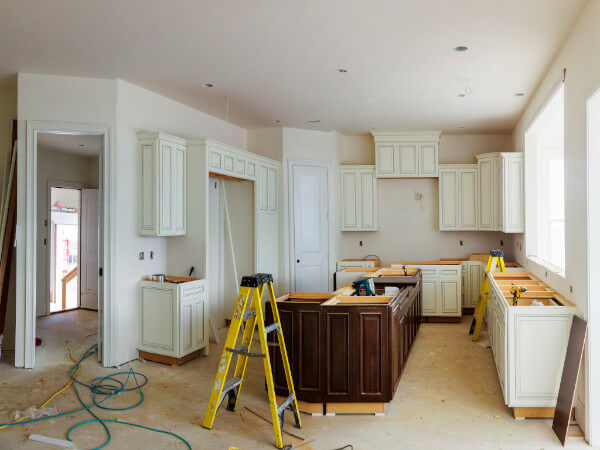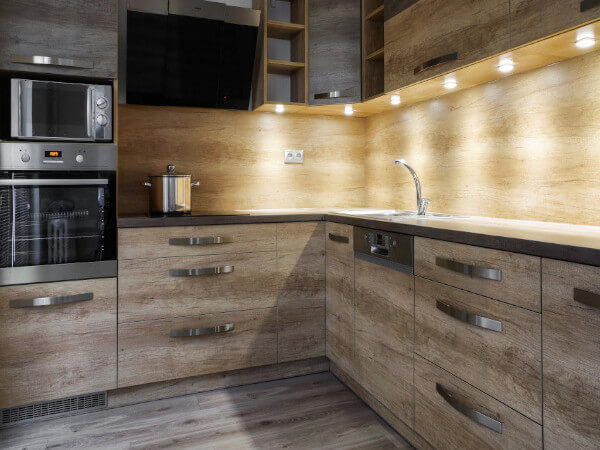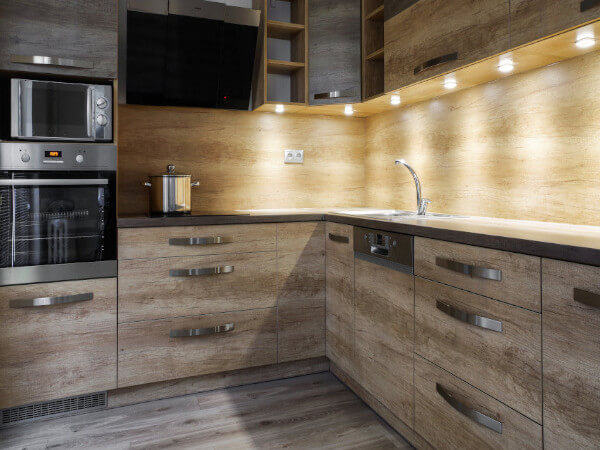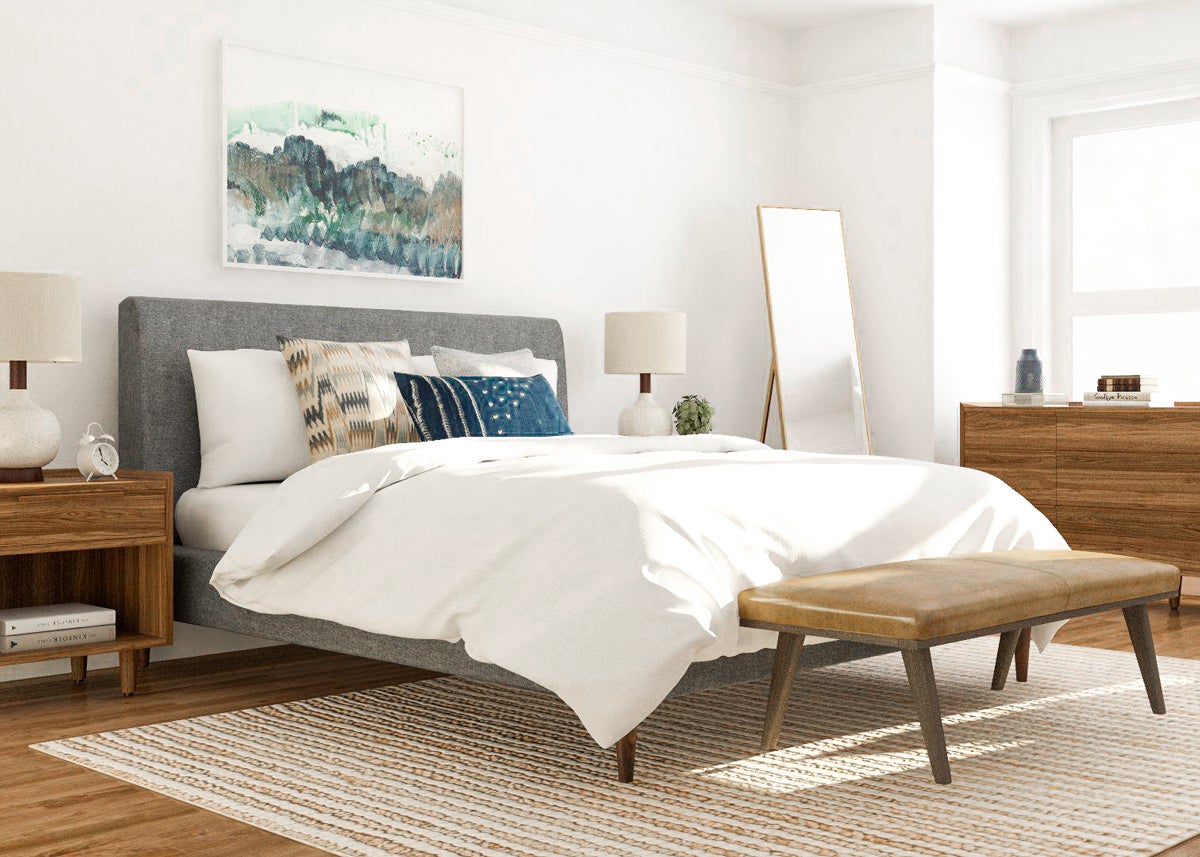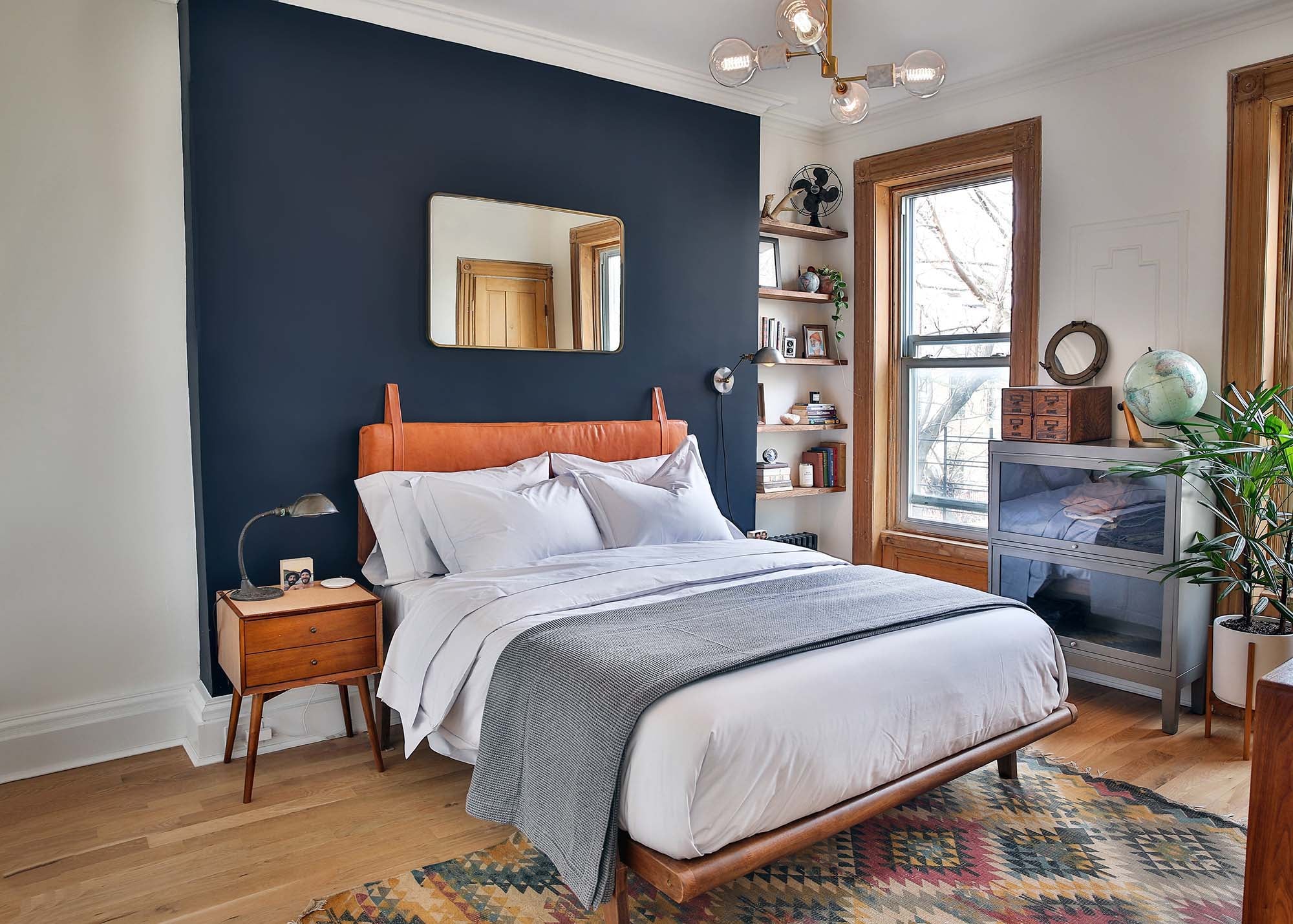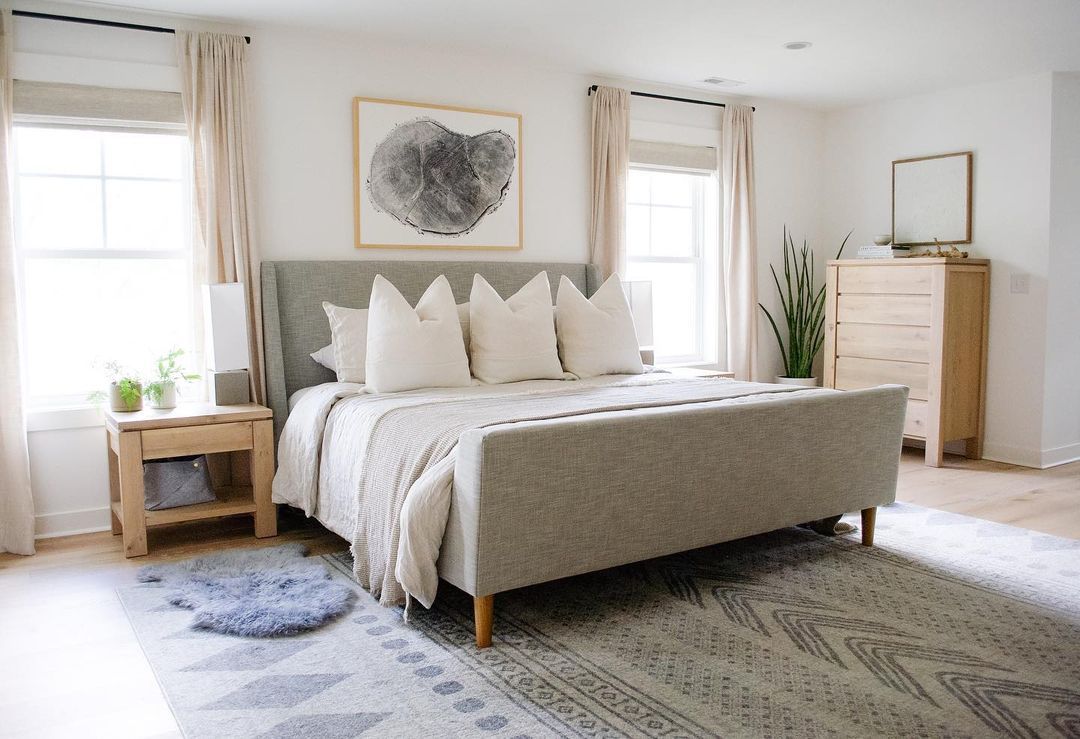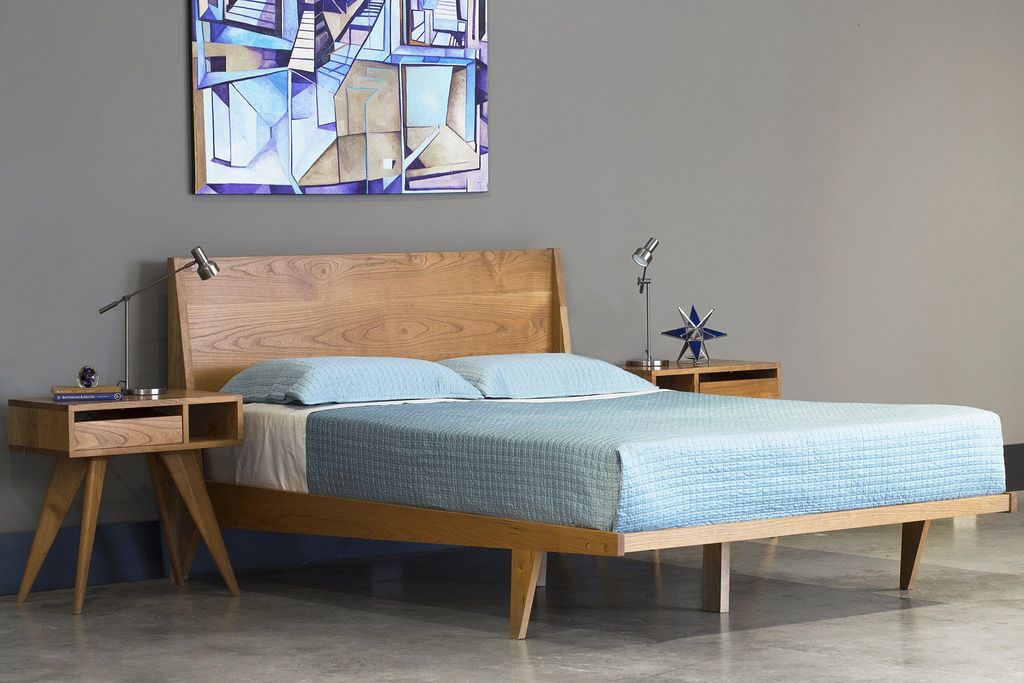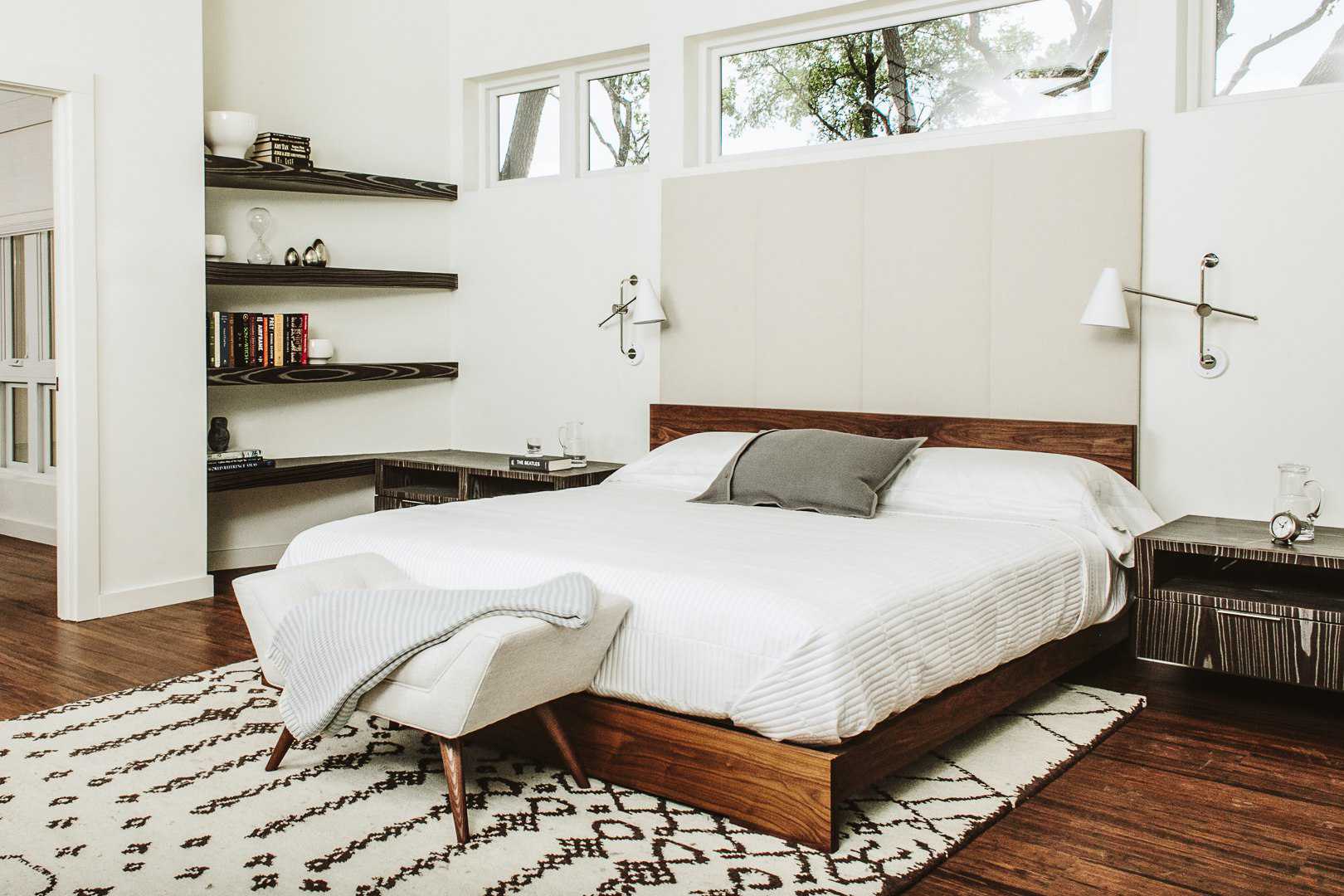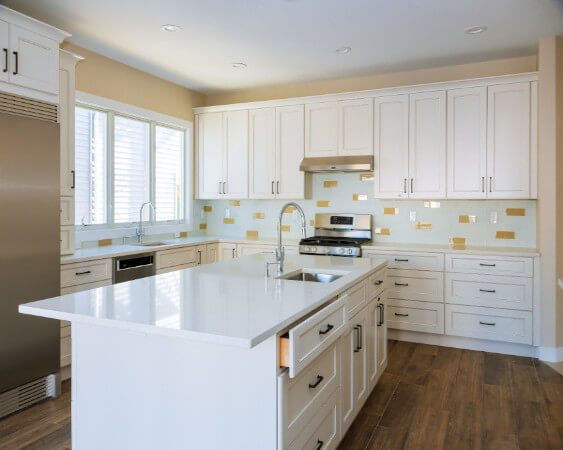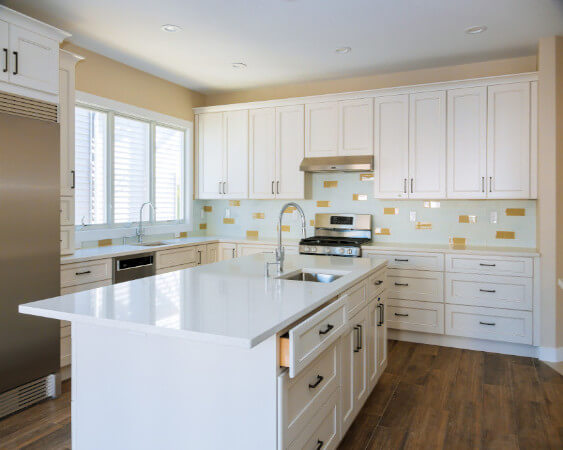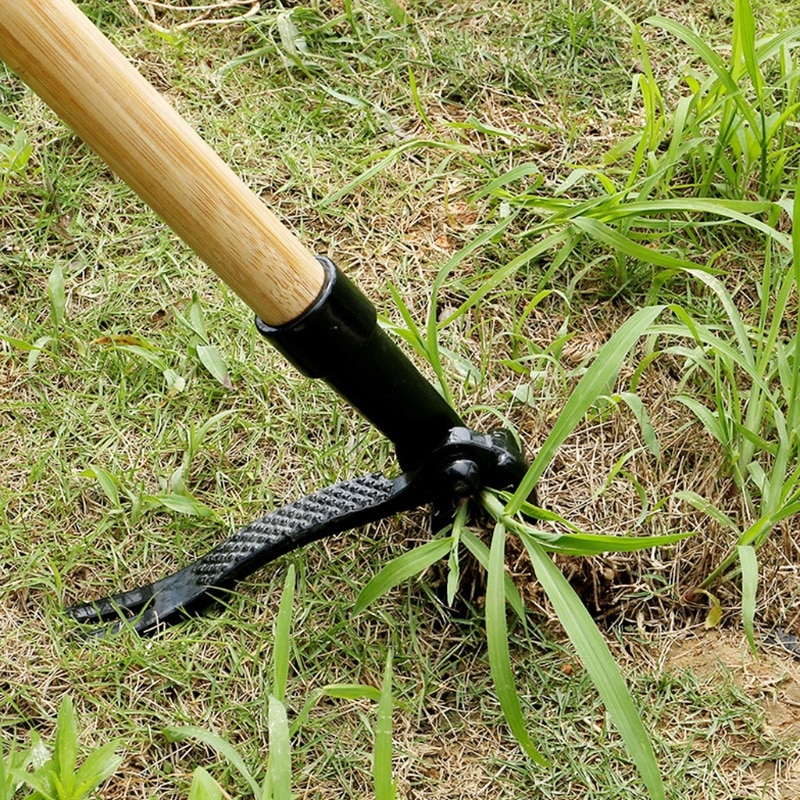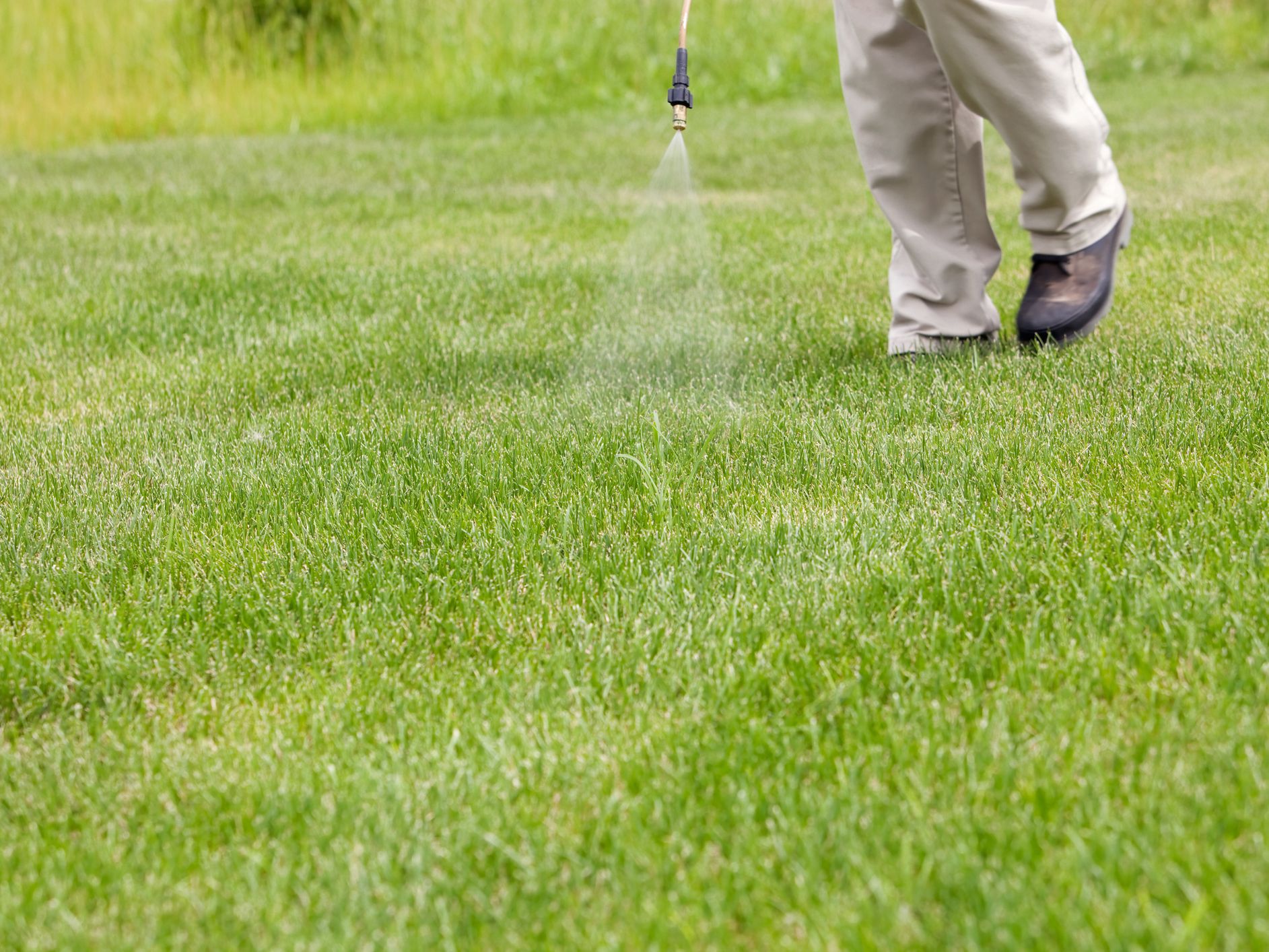Butterflies are admired for their bright colors and graceful movements. In addition, butterfly gardening is more than just an aesthetic choice to bring color to your garden, but butterflies also act as pollinators. They can greatly benefit the health of your garden plants. A butterfly garden provides a colorful array of nectar-producing plants that attract butterflies and offer plants to feed the caterpillar of their life cycle.
Whether it’s an indoor or outdoor space that is available, there are many options when it comes to creating a beautiful environment for these delicate creatures. Keep reading.
What is a Butterfly Garden?
Also known as butterfly sanctuary or butterfly habitat, it is an area for butterflies to feed and thrive. The plants you grow in your butterfly habitat attract butterflies and moths, which help with pollination.
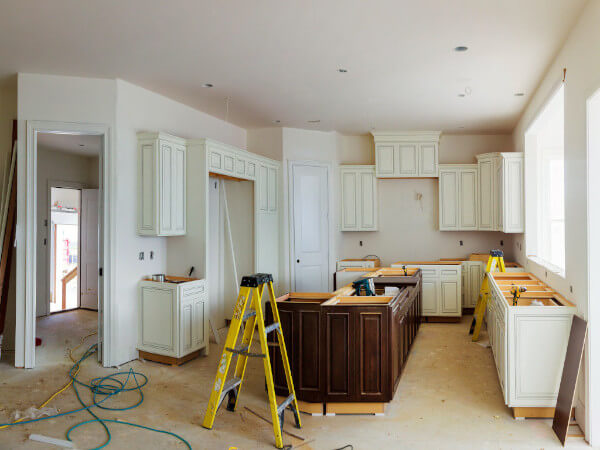
Image credit: https://images.immediate.co.uk/
A proper butterfly garden can accommodate a variety of butterfly species at each stage of their entire life cycle, such as egg, larva, pupa, and adult. Butterflies are most attractive from spring to late summer when plant growth is peaking.
Steps for Creating a Butterfly Garden
Choose the Right Location
Select free-draining soil, preferably with full sun. However, there are butterflies who live for several seasons in shaded areas; one example is the Mourning Cloak (Nymphalis antiopa), which will remain in hibernation during summer when there is no shade. So, make sure that your location gets the right amount of sunlight for flowers to grow and attract butterflies.
Select Flowers that Attract Butterflies
Certain flowers are naturally more attractive to butterflies than others. Nectar-rich plants will bring in many types of butterflies, while flower shape and color can also matter. Serious butterfly gardeners fill their garden with nectar plants and host plants.
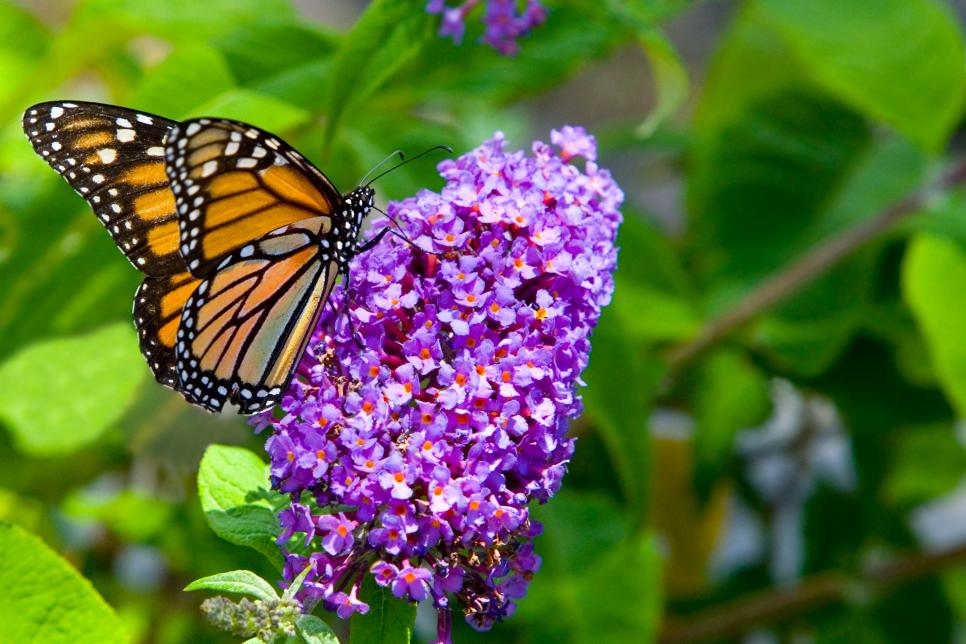
Image credit: https://hgtvhome.sndimg.com/
Adult butterflies drink nectar, so a nectar source will entice them to come to your garden. Host plants provide a place for butterflies to lay eggs, and they serve as food sources for caterpillars once the larvae hatch. The plant you grow will also support butterfly chrysalises, and different plants attract different butterfly species.
For instance, monarch caterpillars are primarily attracted to milkweeds, and swallowtail butterflies are drawn to verbena and lantanas. Other examples of butterfly-friendly flowering plants include aster flowers which are an important source of nectar for migrating butterflies in the fall. But before that, the butterfly larvae of the Pearl Crescent feed on its foliage.
The Showy Zebra Longwing butterfly, a Florida and Texas resident, feeds its babies exclusively on the foliage of the passionflower. And if you reside in the Eastern half of the United States, you may attract the iridescent Eastern tailed blue to your garden with a host planting of sweet peas. Many garden centers have labels on plants that are butterfly-friendly.
Use Organic, Homemade Bait to Attract Butterflies
If you want to attract butterflies to your garden, using bait is one way to do it. You can either buy or make your bait. Sugar and yeast-based bait can provide food and essential nutrients for butterflies. You can make a homemade bait with a mix of rotting fruit like bananas, peaches, plums, and apples.
You can also use white sugar, molasses, and beer. Place the butterfly bait in an area that is easily accessible to butterflies, such as on flat rocks, tree trumps, and a shallow dish.
Place or Create Shelter for Butterflies
Butterflies are cold-blooded insects that need shelter to protect them from the elements. Make sure you build them small shelters around your garden. You can also provide shelter in potted plants placed against walls overgrown with vines.
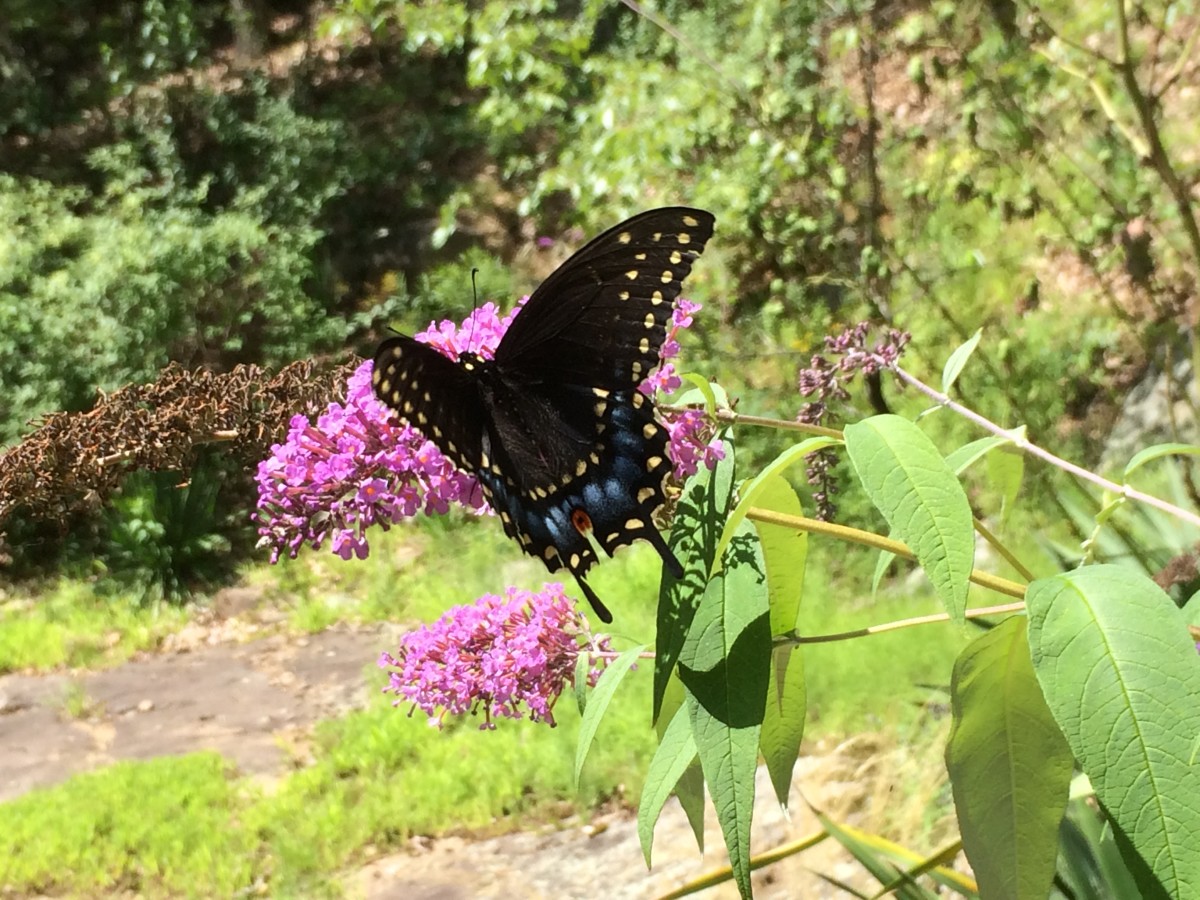
Image credit: https://images.saymedia-content.com/
You can also create a loose mulch in your garden to protect butterflies against the cold when they are molting or transitioning from immature to adult. Keep it away from plants you want to keep healthy, but do not remove the natural mulch that will break down over time under sunny conditions.
Include a butterfly shelter into your garden by planting one to two feet tall native plants along the edge of wooded areas. This provides butterflies with cover from predators while giving them access to fruit, nectar, and water sources in the wild.
Trees and shrubs can provide shade and resting places for butterflies, but you can protect butterflies against predators and harsh weather conditions by building a shelter. Butterfly houses can act as places for butterflies to rest and hibernate and as a place for caterpillars to cocoon.
Keep it Sunny
Butterflies are cold-blooded insects that will be less active on colder mornings. Make sure you locate your butterfly garden in part of your yard that receives at least six hours of direct sunlight each day.
Create a Garden that Emulates their Natural Habitat
Butterflies like to live in areas with plenty of nectar-producing plants, host plants for caterpillars and water sources. Try to include a variety of plants in your butterfly garden, including milkweed, Joe Pye weed, black-eyed Susan, butterfly bush, western coneflower, and coreopsis.
When you plant your seeds or transplant butterfly-friendly perennials, make sure they are native to the area in which you live. Use a mixture of perennials and annuals to prolong blooming time. Flowering containers allow you to exchange plantings during low blooming lulls in the garden like late spring and late summer.
Use a combination of window boxes, patio containers, and hanging baskets to create staggered blooming heights in your butterfly garden. Plant nectar flowers in groups instead of singly. Butterflies prefer moving from bloom to bloom of the same type of flower rather than fly from one nectar plant in search of another that may be growing some distance away.
dd a Water Source
Hummingbirds are attracted to many of the same flowers as butterflies are, so you can have both flying around your garden if you add a birdbath. Even though butterflies do not drink from standing water, they love rain puddles and damp patches that form on leaves after it rains.
Butterflies will seek shallow puddles in your garden not only as a source of drinking water but also as a way of obtaining vital minerals. So, a puddling station is essential to keep your butterflies hydrated and receive vitamins and other nutrients from muddy water like sodium. A shallow dish filled with soil, sand, or pebbles can create watery mud and be a valuable drinking station on hot days.
Offer Alternative Butterfly Foods
Your garden should contain a range of butterfly-friendly plants. Some must be in full sun and require regular watering if you want butterflies that lay eggs in your garden. If the weather is cool or there is not enough sunlight, it will open nectar sources.
Provide these nectar sources by growing flowers such as daisies, zinnias, sunflowers, crocuses, and marigolds. Placing overripe fruit like peaches, bananas, and peas in a shallow dish will help continue the feeding cycle for adult butterflies when nectar plants move past bloom.
Fermented beer or molasses can also be used as a condiment to the fruit main dish, providing irresistible species such as the Question Mark and Red Spotted Purple. Replace the fruit frequently to discourage wasps and ants from taking over the buffet. You can also use a window screen to cover the fruit to block wasps and bees. With their long proboscis, butterflies will still be able to feed.
Stay Clear of Toxic Pesticides
Avoid pesticides that can harm butterflies. Many pesticides kill butterflies and other pollinators, so it is important to read the label before using insecticides. Look for products that are specifically labeled as butterfly-safe. As a butterfly gardener, tread carefully with insecticides to avoid harming butterflies and other beneficial pollinators such as bees and parasitic wasps.
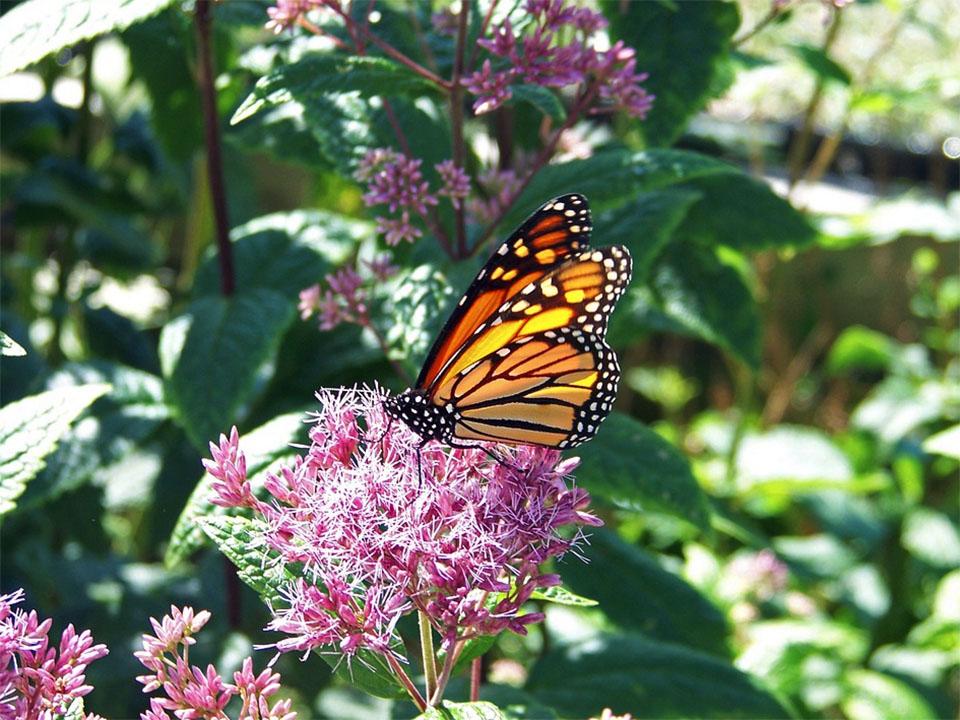
Even organic pest control options like insecticidal soap and neem oil can kill butterflies or disrupt their feeding and mating habits. But this doesn’t mean that you should hand over your flowers to the aphids. Instead, non-pesticide insect controls like floating row covers, jets of water to blast away small insects, and handpicking large insects like beetles.
Also, your best bet for pest control in your butterfly garden should be companion planting. In addition to planting flowers that attract butterflies, consider planting flowers that repel pests.
Keep a Diary
One of the best ways to learn more about making your butterfly garden thrive is to keep a diary. Record what you plant, when you plant it, what type of butterflies visit, and any other observations. This will help you better understand what works in your garden and what doesn’t.
How to Select Butterfly-Friendly Plants
Nectar Plants vs. Caterpillar Host Plants
When choosing plants for your butterfly garden, include plants that will support butterflies throughout their life cycle. Flowering nectar plants offer food and energy for adults, while the leaves of larval plants such as parsley and milkweed nourish growing caterpillars.
Plants that provide both nectar sources for butterflies and caterpillar food sources for butterfly larvae can be invaluable. This will ensure that butterflies flutter around your yard as adults and come back as caterpillars to eat and grow into the next generation of butterflies.
Plant for Continuous Bloom
One way to ensure a continuous bloom in your butterfly garden is to plant a variety of plants that flower at different times of the year. This will provide food for adult butterflies throughout the growing season, especially in mid to late summer when butterflies are most active.
Plant for Diversity
In addition to planting for continuous bloom, it is important to plant for diversity. This will provide a variety of different nectar sources for butterflies and caterpillar food sources. A well-planned butterfly garden will have a mix of both flowering plants and shrubs.
Select Natives
To provide the best forage for butterflies, select native plants where you live. Butterflies have highly specialized relationships with certain plant species, which can be disrupted if a non-native species is introduced into the garden.
Native plants also tend to do well in your region and require less maintenance while providing just as much beauty as exotic plants.
Plant for Color
You can attract butterflies into your garden by ensuring that there are flowers in every color of the rainbow. Butterflies are very attracted to bright colors, especially reds and yellows.
Planting a wide variety of flowers will ensure access to these colors. Fragrant flowers also attract some species of butterflies, so consider adding attractive scents to your garden. You can get plants that bloom throughout, plant spring-blooming flowers, or anything but just ensures your garden has flowers throughout the year.
FAQs on How to Make a Beautiful Butterfly Garden
Do butterflies need water?
Monarchs and other butterflies need moisture but cannot land on water to drink, so a typical garden pond, fountain, or birdbath won’t help them.
What does a butterfly habitat look like?
Butterflies live worldwide except in the attic. Any place with nectar-producing flowers will host butterflies. Some species live in the desert and feed on succulent plants that grow in harsh conditions.
Final Thought on How to Make a Butterfly Garden
Designing and planting a butterfly garden is a fun project that the entire family can enjoy. With a little bit of planning and some creative thinking, you can create a garden that will bring beauty and enjoyment to your home for years to come.
The post How to Make a Butterfly Garden appeared first on Kitchen Infinity.
Did you miss our previous article…
https://www.centrecountyfood.org/?p=877
